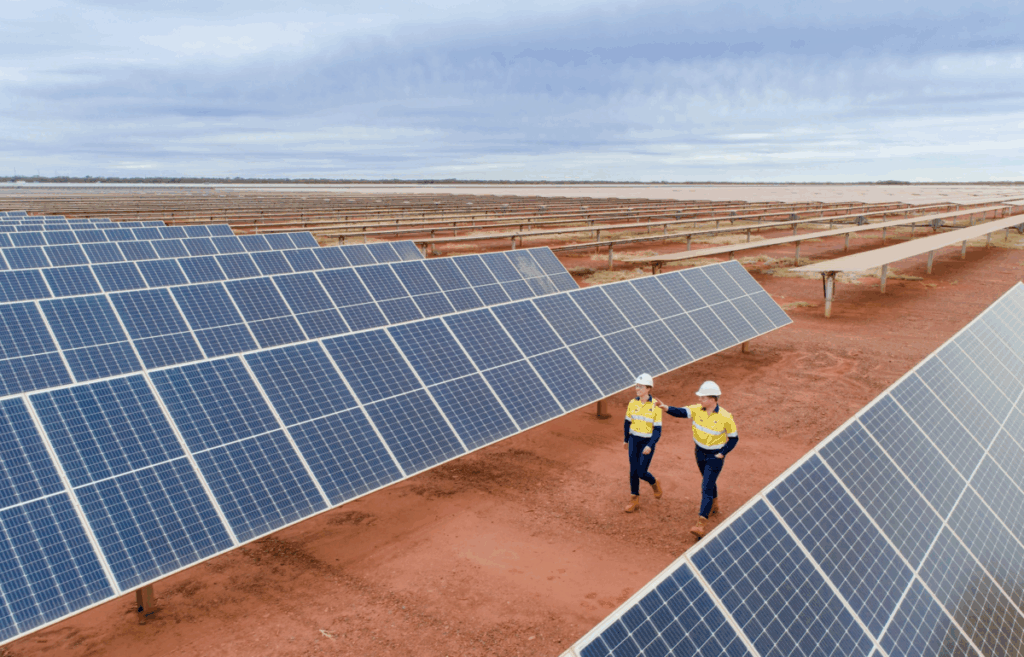Mining giant Fortescue has secured the approval of the West -Australian government for a Solar Farm of 644 MW that will help help its activities in the Pilbara region of the state.
The planned 644 MW Turner River Solar Hub from Fortescue has been cleaned up by West -Australia’s Environmental Protection Agency (EPA), but could still undergo an assessment under the Federal Government’s Environment Protection and Biodiversity (EPBC) Act.
The Turner River Solar HubProped for a site of 1400 hectare about 120 kilometers south of Port Hedland, consists of a 644 MW Sun Factory and a storage system for battery energy, the capacity of which still has to be published. The project also includes the construction of a transmission line of 220 kV that connects the Zonnehub with the existing integrated electricity network from Fortescue.
The Turner River Solar Hub would help Fortescue’s mining activities to convert as part of his mission to reach ‘Really zero“Scope 1 and 2 emissions by 2030, without compensation of carbon.
Plans for the Zonnehub have been forwarded to both the State Environmental Protection Authority and the Federal Ministry of Climate Change, Energy, the Environment and Water (DCCEEW).
The state of EPA has already decided that the project does not have to be assessed on the basis of its Environmental Protection Act, and says that “the likely environmental effects of the proposal … are not so important that formal assessment justify.”
However, the federal authority still requires feedback on whether the project should be referred for assessment under the EPBC Act. Feedback is accepted until 11 June 2025.
Jarrod Pittson, the group manager of Fortescue of the approvals of environmental development, said via social media that the EPA decision proves that the process of the environmental approval process does not have to be a roadblock for renewable energy projects.
Pittson said that proponents should load their references with quality base investigations and sound science, and deliver a well -prepared, professional entry.
“Then timely approvals are absolutely possible and the cycle of delay and despair can be broken,” he said. “This is how we let projects move and the energy transition takes place.”
Fortescue wants to reach real zero by the end of the decade during its Pilbara activities – a strategy in which a number of solar and wind farms, transmission infrastructure, substations and battery installations are developed.
“The goal is to switch Fortescue from the use of diesel power and gas to renewable energy by 2030,” said the company, with estimates that suggest that achieving the goal of 2030 requires a total capacity of 1500 MW of Solar PV generation.
In addition to the Turner River Solar Hub, Fortescue is currently building a 190 MW Zonneboerderij on the Cloudbreak Mine and on behalf of a 100 MW solar farm on North Star Junction In 2024. Fortescue also gets solar energy from the 60 MW Chichester Solar Farm from APA Group.
This content is protected by copyright and may not be reused. If you want to work with us and reuse part of our content, please contact: editors@pv-magazine.com.

